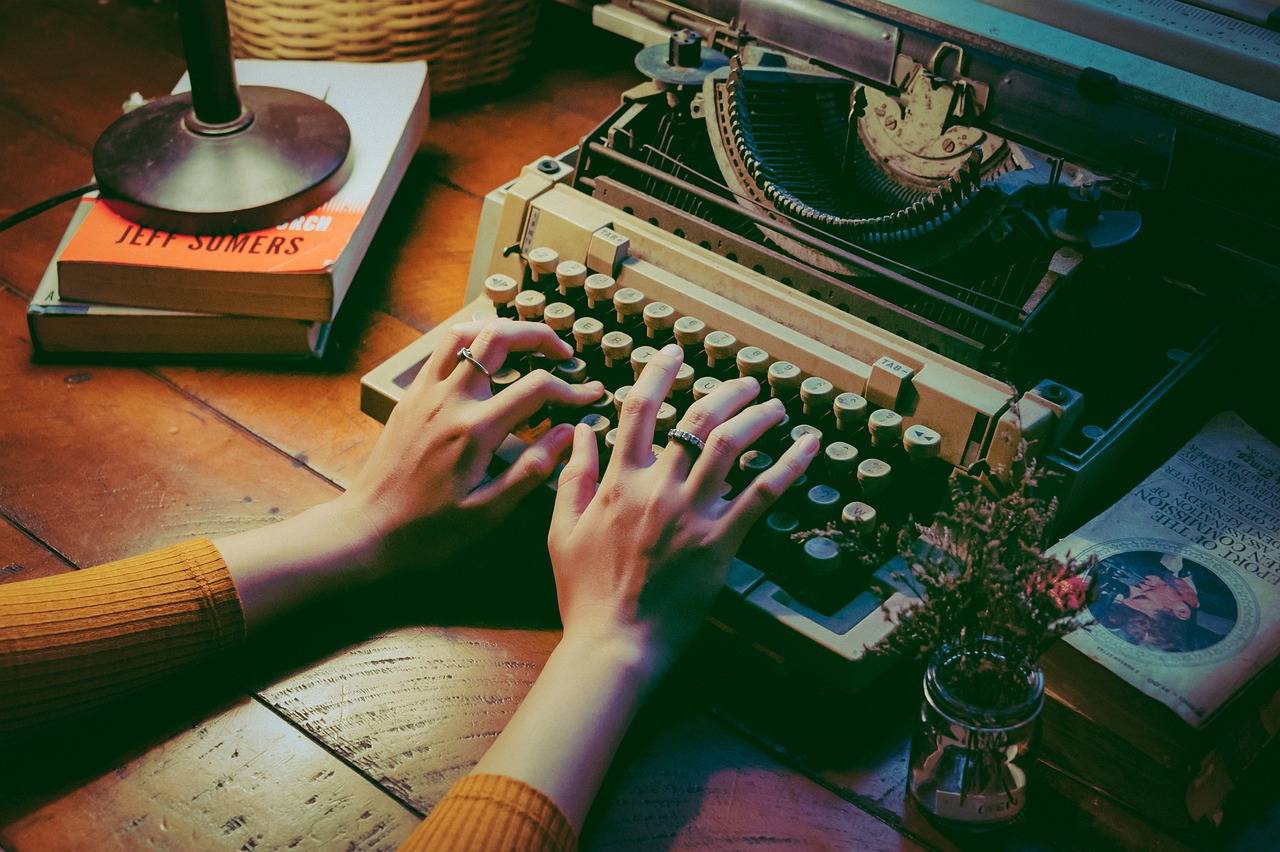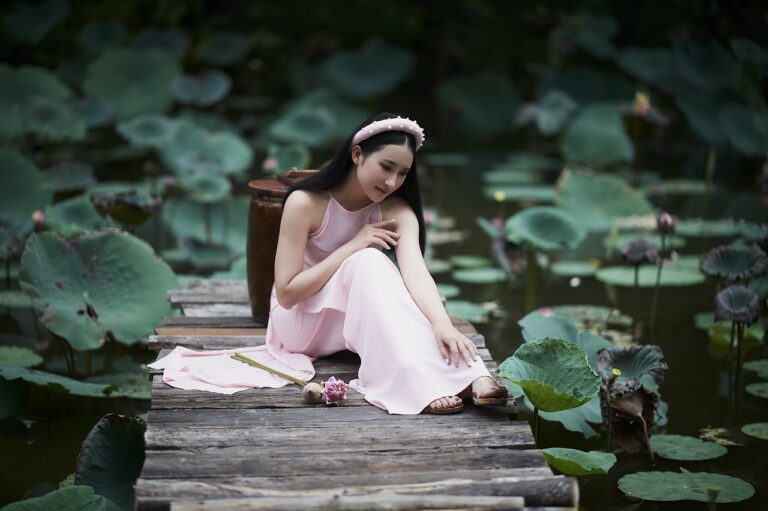The Psychology of Shopping: Understanding Consumer Behavior in Fashion
Emotions play a significant role in influencing shopping behavior. When consumers are happy or excited, they are more likely to make impulse purchases and may be willing to spend more money on products they desire. On the other hand, feelings of stress or sadness can lead to more rational decision-making, as individuals may be more inclined to stick to their budgets and carefully consider their purchases.
Moreover, emotions can also shape brand loyalty and customer satisfaction. Positive emotional experiences during shopping, such as receiving exceptional customer service or finding the perfect item, can create a lasting connection between the consumer and the brand. Conversely, negative emotions like frustration or disappointment can drive customers away, impacting their likelihood of returning to make future purchases. Understanding how emotions influence shopping behavior is crucial for businesses looking to create memorable experiences that resonate with their target audience.
The Role of Cognitive Biases in Fashion Purchases
Cognitive biases play a significant role in influencing our fashion purchases. One common bias is the anchoring effect, where individuals rely heavily on the first piece of information they encounter when making a decision. In the context of fashion, this can manifest as being drawn to the initial price point of an item, which may skew perceptions of its value and desirability.
Additionally, the availability heuristic can impact fashion choices by leading individuals to overvalue items that are more readily accessible or frequently seen. This can result in shoppers gravitating towards trendy or popular items, even if they may not align with their personal style preferences. Understanding these cognitive biases can help consumers make more mindful and intentional fashion purchases.





